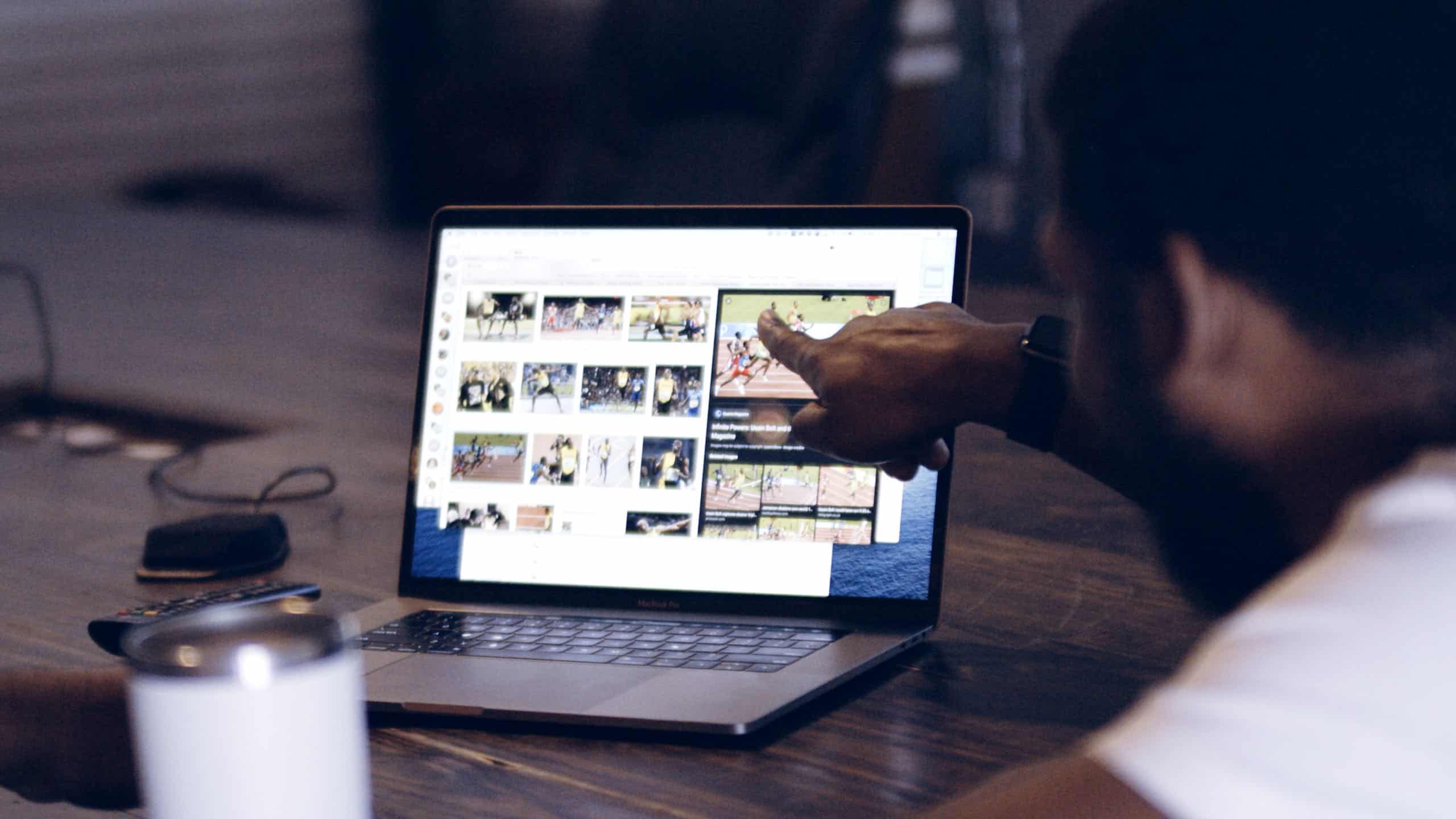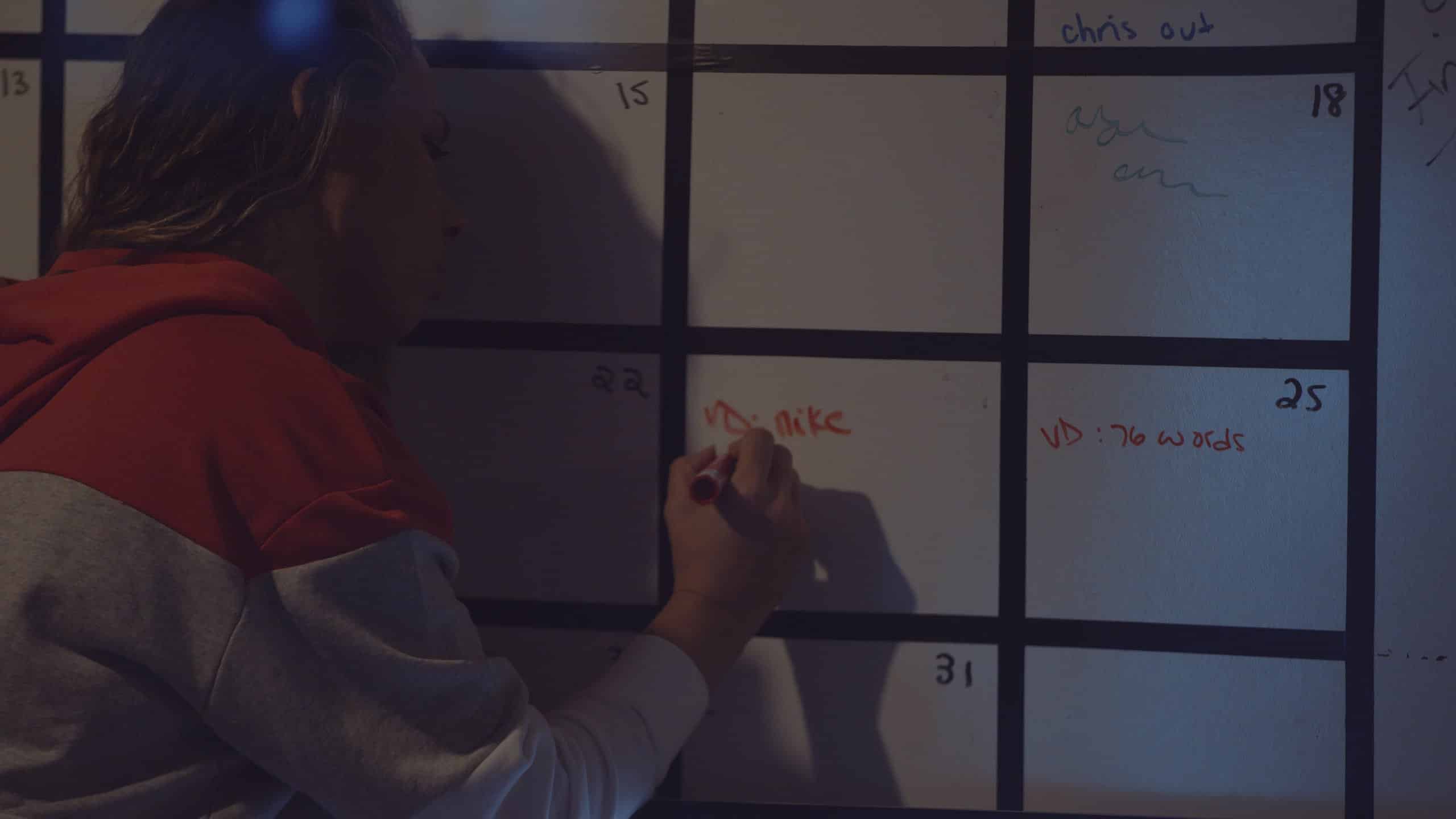Planning is critical when it comes to video production. There are three stages to video production – pre-production, production, and post-production. Pre-production is where all of the planning occurs, which is often more essential than the actual shooting and production. Nothing is more critical to creating a killer video than proper planning during the pre-production phase. Pre-production is where you lock in the script, plan the shoot and locations, establish the budget and production schedules, hire crew and cast, arrange for equipment, permitting and insurance, and every other detail of the video.
Before the cameras roll, plan, plan, and plan some more.
Here are our 12 pro tips to make sure you avoid common pre-production challenges and maximize the ROI on your video. Poor planning or lack of planning can take you over budget and put you behind schedule. Even worse, you can spend time producing a video that lacks purpose or goal. Hiring an agency is one way to avoid these common mistakes.
Here are some pro tips, whether you are working with an agency or going it alone.
1. Make a planning checklist for yourself. The best way to stay on task and cover all of your bases is to create a checklist of all the pre-production tasks you will use repeatedly. Here are some items that should make your list:
- Finalize the script and budget
- Hire your crew
- Hire your talent
- Create a storyboard
- Choose and secure locations.
- Get any permits or insurance required.
- Create a shot list
- Choose all the gear needed.
- Schedule the shoot

2. Clearly articulate the goal of the video. Every video has a business objective. Understand your goal for this video. You may want to drive traffic to your landing page, build awareness of your brand, or introduce a new product, sell a product to new clients or existing clients, or drive visits to your store. Be sure you know the primary goal of this video and how you will measure its success. Don’t do a video for the sake of having a video. It must work for you and your current business challenge or opportunity, and you will need to clearly articulate that goal to everyone working on the project.
3. Narrow down your audience to a specific avatar or persona. Marketing is about communicating with a specific audience about how you or your product can solve a specific problem for them. The more you can narrow down your audience, the more precisely and more authentically you’ll be able to speak with them. Use research to focus on one key demographic, so you can create a video that speaks directly to them and their felt need. Remember, when you try to speak to everyone, sometimes you speak to no one. Be targeted and ask yourself why this target needs or cares about your product.
4. Hone your message until it is clear and concise. Try to be specific about what problem you are trying to solve. List out what you need to tell your viewer and what you want them to do as a result of watching your video. Including multiple messages often will dilute all messaging, so focus and limit your key points to three of four.
5. Frontload your best content into the first 8 seconds. Get to the point1 Eight seconds is the average attention span of an internet user. You need to immediately grab their attention quickly by leading with your best content. They should know within a few seconds why your video matters to them.
6. Scout your location ahead of time. Scout out our locations before finalizing your production schedule. Visit your locations at various times of the day to optimize lighting and observe any distractions like planes flying overhead. Take the time to check logistics like parking and restrooms to avoid disasters on the shoot day.
7. Create a storyboard and treatment. The storyboard is where your big idea comes together. A storyboard is simply a sketch of your video, showing each shot. You should have a “treatment,” which is a one-page summary outlining the video style and tone and the concept of “big idea.” A storyboard will outline each section of the video. This is where you will determine things like whether you’ll use voiceover, animation, actors, music or sound effects, locations, and more. You’ll determine the style, length, and video structure. You will illustrate three components – script and narration, what is on-screen, and any supporting elements like special effects, sound, branding, or text. Your storyboard is a valuable tool for planning and sharing your vision and plan with everyone involved.

8. Prepare a shot list and lighting diagram. A shortlist helps you break down your storyboard. Once you have determined your shot list, you can plan things like camera angle and lighting. A well-planned shot list can save hours in the editing room or on the day of the shoot while expensive talent sits around. This is an excellent time to create a lighting diagram to plan camera placement, lighting, and talent placement.
9. Select the right length for your video. Videos vary in length, which is sometimes determined by the platform the video will appear. In general, attention spans are short, and shorter videos are better. Usually, one or two minutes are maximum. YouTube ads run for 30 to 60 seconds, while YouTube videos are 8 to 10 minutes. TV commercials are between 60 and 90 seconds. You need to keep your video tight, focused, and clear but still make it long enough to convey your message.
10. Create a production schedule- but overestimate the time you’ll need. A production schedule tells you where and when each scene will be filmed. Include in your schedule what crew and cast will be required, script pages, and projected time needed. Always overestimate the time required. Production will always take longer than you think!
11. Pre-interview your subjects. If you’re filming an interview, don’t go off the cuff. Speak with the subject ahead of time and have them answer the questions you’ll be asking. This step will help make them more comfortable and give better answers. Take notes on their answers so that you can prompt them if they get off track or nervous.
12. Be flexible – Remember Murphy’s Law. Thinks will go wrong. Rule number one in video shooting is to stay flexible. Regardless of how well you plan, things will change. The weather may not cooperate, the talent may be off, or gear malfunctions. Shoots are unpredictable, so accept that and roll with it!
You can create fantastic video content that will speak to your audience. Invest the time and thought in the pre-production phase to get great results and avoid production challenges.
When you’re ready to make your video, consider a full-service agency like C&I Studios. Take advantage of our tips so you are prepared to participate in the pre-planning that will help you bring a killer video to life that will serve your business goals and delight your target audience.